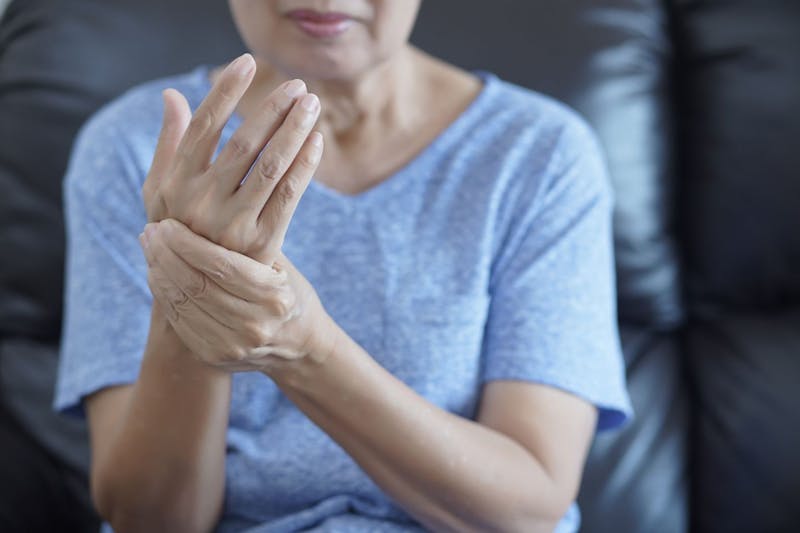
Treating De Quervain's Tenosynovitis: Solutions for Pain and Inflammation
De Quervain’s tenosynovitis is an inflammatory condition affecting the tendons on the thumb side of the wrist. Treatment typically involves a combination of rest, splinting, anti-inflammatory medications, and corticosteroid injections to reduce swelling and alleviate pain. Physical therapy may also be necessary to strengthen the wrist and improve the range of motion. In cases where conservative treatments do not provide relief, surgical intervention may be necessary to release the pressure on the tendons and provide long-term relief from symptoms.
Treating De Quervain’s tenosynovitis in Billings, MT, is particularly effective for individuals who experience chronic wrist pain and swelling that interferes with daily activities such as grasping or pinching. Relief from symptoms is often noticeable within a few weeks of beginning treatment, primarily when interventions are implemented early in the course of the condition. There can be a variation in the duration of the benefits, depending on the severity of the condition and the treatment approach, but many patients experience significant long-term improvement. If you are suffering from persistent pain in the wrist and think it may be De Quervain’s Tenosynovitis, book an appointment at Concierge Health and Wellness in Billings, MT, for a consultation.
Find Relief from De Quervain’s Tenosynovitis!
Book your appointment at our physical therapy clinic in Billings, Montana.
Don’t wait—restore strength and ease pain in your wrist!
Call us at (406) 707-6082 or Request an appointment
Specialized care for De Quervain’s Tenosynovitis recovery
Personalized treatment plans for lasting relief
Conveniently located on the west side of Billings
Feel better, move freely, and enjoy life without pain—because you deserve it!
Treatment Options for Thumb side in Billings MT
Benefits of Treating De Quervain's Tenosynovitis:
- Reduces inflammation and pain in the wrist
- Enhances thumb and wrist mobility
- Prevents worsening of the condition
- Allows a quicker return to daily activities
- Minimizes the need for surgical intervention
- Provides lasting relief from symptoms
- Improves grip strength and functionality
- Reduces the risk of recurrence
- Tailored treatment plans based on individual needs
FAQ'S
Who is a good candidate for treating De Quervain's Tenosynovitis?
Anyone experiencing pain, swelling, or difficulty moving the thumb or wrist may benefit from this treatment, particularly new mothers and individuals in occupations involving repetitive wrist motion.
When will I see the results of treating De Quervain's Tenosynovitis?
Most patients feel relief within a few weeks of starting treatment, with symptoms improving with ongoing care.
How long do results from treating De Quervain's Tenosynovitis last?
Results can vary; many patients experience long-term relief, especially when they adhere to their treatment regimen and take preventive measures.
Is there any downtime or side effects with treating De Quervain's Tenosynovitis?
Downtime is minimal for non-surgical treatments, though some patients may experience temporary discomfort from injections. Surgical treatments may require a short recovery period.
What should I do before and after De Quervain's Tenosynovitis treatment?
Be sure to follow all pre-treatment instructions, such as resting the affected hand and possibly using ice to reduce swelling. Post-treatment, continuing with prescribed exercises, and avoiding strenuous hand use are crucial to recovery.
What can I expect during De Quervain's Tenosynovitis treatment?
Treatment may include anti-inflammatory medications, corticosteroid injections for immediate pain relief, and physical therapy to strengthen the area and prevent stiffness. Surgery may involve a simple procedure to relieve pressure on the affected tendons if necessary.


